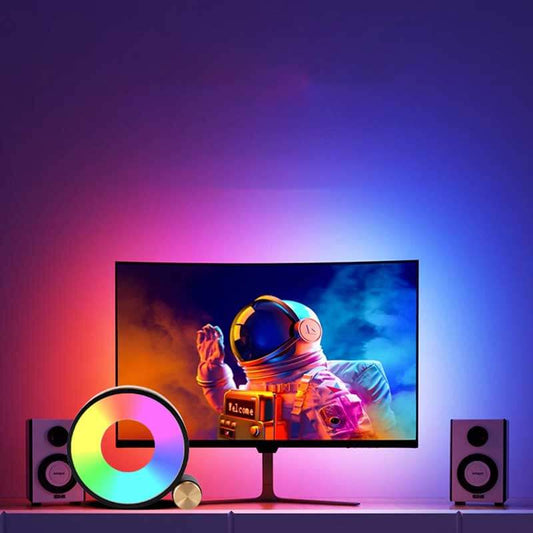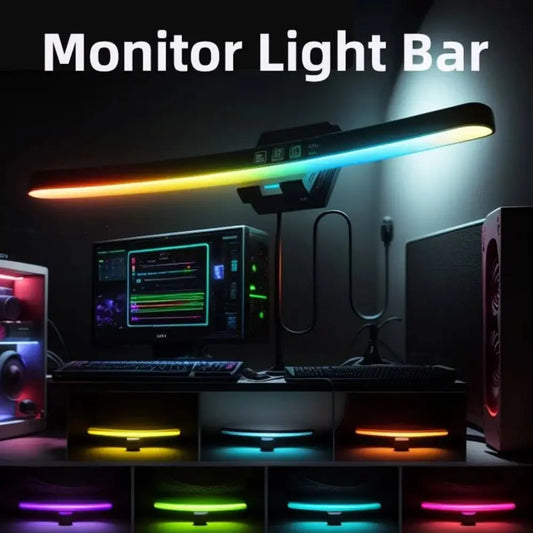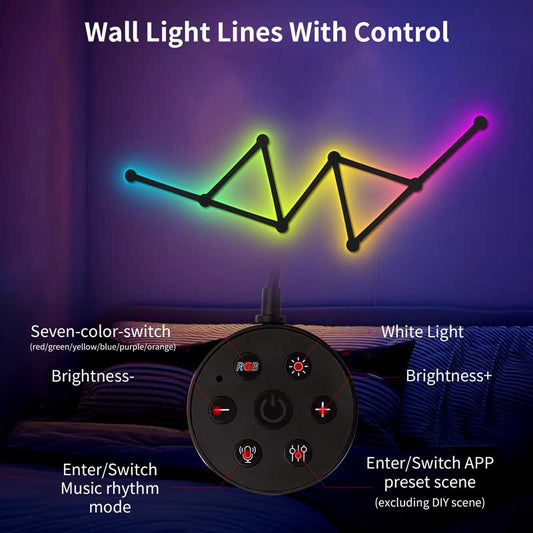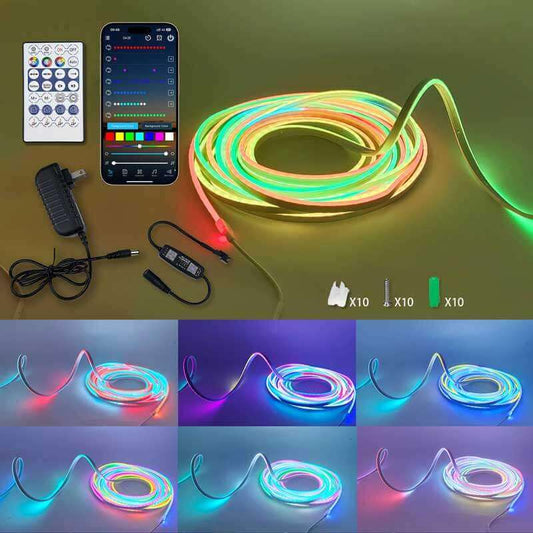Do PC RGB lights use a lot of electricity?
Aktie
No, PC RGB lights do not use a lot of electricity. They are typically energy-efficient because they use LED (Light Emitting Diode) technology, which consumes significantly less power compared to traditional lighting.
How Much Electricity Do PC RGB Lights Use?
1. Power Consumption
- Per RGB Component: A single RGB LED consumes about 0.2 to 0.5 watts, depending on its brightness and color.
- Entire RGB Setup: A fully lit RGB gaming setup, including LED strips, fans, and peripherals, may use around 5 to 20 watts in total.
2. Monthly Cost Estimate
- Assuming your PC runs 8 hours a day with RGB lighting:
- At 10 watts: ~2.4 kWh per month.
- Cost: If electricity costs $0.15 per kWh, that’s about $0.36 per month.
- This is negligible compared to the power consumption of the CPU, GPU, and monitor.
Energy-Efficiency of RGB Lights
- Brightness Control: Most RGB software allows you to dim the lights, further reducing power usage.
- Static vs. Dynamic Modes: Static colors generally consume slightly less energy than dynamic effects like rainbow or strobe modes.
- Low Heat Emission: LEDs waste very little energy as heat, making them efficient even during long gaming sessions.
Comparison with Other Components
To put it in perspective, here’s how RGB compares to major PC components:
- GPU: 200–400 watts during gaming.
- CPU: 65–125 watts under load.
- Monitor: 20–60 watts. RGB lighting’s energy usage is a tiny fraction of the total power draw.
Ways to Reduce RGB Power Usage
- Use Static Colors: Dynamic modes like rainbow or pulse may consume slightly more energy.
- Dim the Lights: Lower brightness reduces power consumption.
- Turn Off When Idle: Many RGB control programs offer an "off" or "sleep" mode.
YOUWEI TRADE Conclusion
PC RGB lights are highly energy-efficient and add only a minor cost to your electricity bill. If you love the aesthetic and immersive experience they provide, there's no need to worry about high power usage. For the eco-conscious, using dim or static settings can make them even more economical.




